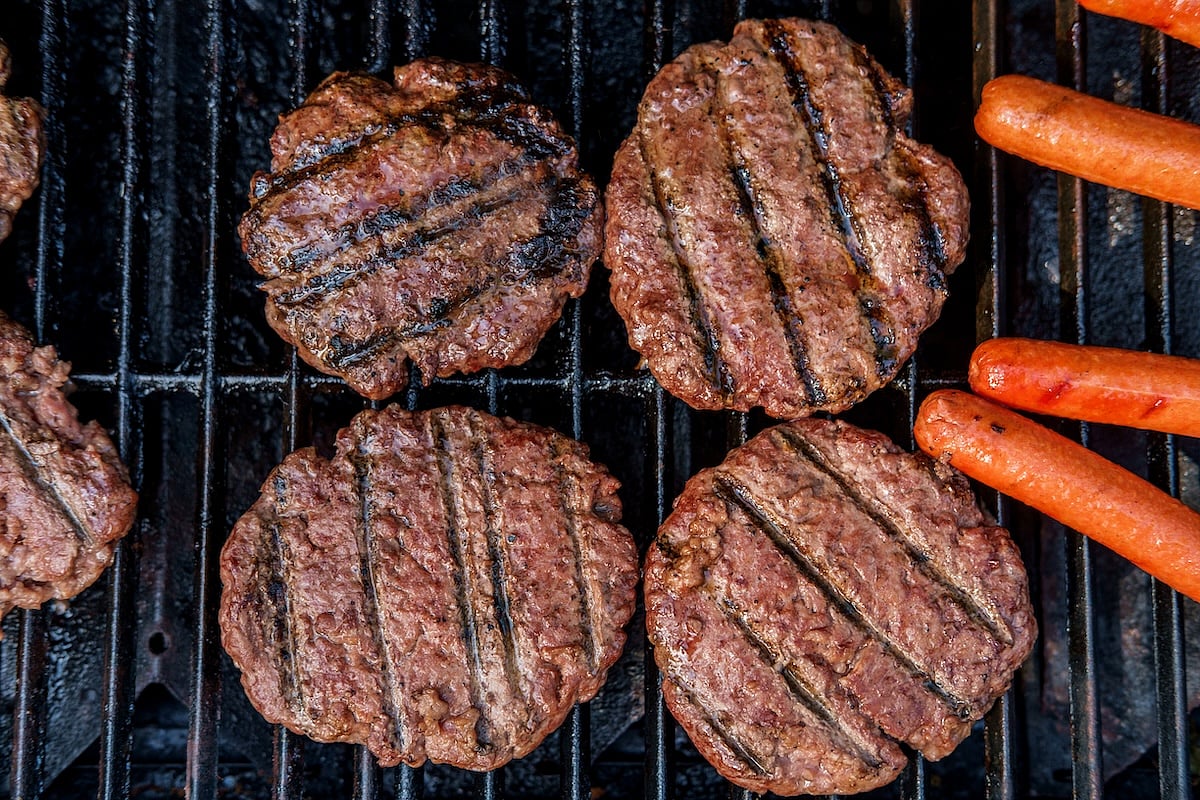Get Healthy!

- Dennis Thompson
- Posted July 1, 2025
Food Safety is Key for Fourth of July Cookouts
Cookouts on the Fourth of July aren’t just a tradition – they’re expected as part of a day of outdoor games, fireworks and fun.
But a good cookout can turn bad if the potato salad or hamburgers carry a foodborne pathogen that makes friends and family sick, experts warn.
“Summer food safety is often overlooked, and this can lead to some serious consequences,” Qinchun Rao, an assistant professor of food science at Florida State University, said in a news release.
“The combination of warm weather and increased outdoor gatherings creates perfect conditions for foodborne illnesses to thrive and spread,” Rao added.
About 48 million Americans every year become sick from foodborne illnesses, including 128,000 hospitalizations and 3,000 deaths, according to the U.S. Food and Drug Administration.
Eating food that’s been left out too long can lead to foodborne illnesses caused by bacteria like salmonella, E. coli and listeria, Rao said. Symptoms can include nausea, vomiting, diarrhea and fever.
Hot summer days further increase risk of food contamination, he warned.
For example, cooked meats and prepared dishes should never be left out at room temperature for more than two hours.
But that safe window is cut in half, to one hour, if temperatures top 90 degrees, Rao noted.
“The USDA defines the 'danger zone' as the temperature range between 40 degrees and 140 degrees,” Rao said. “Within this range, bacteria can double in number in as little as 20 minutes.”
Potato salads, pasta salads, deviled eggs and other cold or mayonnaise-based dishes are particularly susceptible to bacterial growth, Rao said.
“Foods that are high in protein and moisture, such as dairy products, eggs, seafood, cooked meats and mayonnaise-based salads are especially risky,” he said. “These items provide an ideal environment for bacteria like salmonella and listeria to thrive if they are not kept at safe temperatures.”
Rao recommends storing cold dishes at or below 40 degrees, either keeping them in a ice-filled cooler or serving them on a bed of ice.
Burgers, hot dogs, steaks and other cooked meats should be served on a chafing dish or from an insulated container to maintain a safe heat, Rao said.
“Always use a food thermometer to ensure meats reach safe internal temperatures,” he said. “Cover food with foil or lids to protect from insects and sun and serve in small batches, replenishing from coolers as needed.”
And don’t assume that you can tell from sight or smell whether the food on a picnic table is safe, Rao added.
“A common myth is that ‘if food smells and looks fine, it’s safe to eat.’ In reality, many harmful bacteria do not alter the taste, smell or appearance of food,” Rao said.
“Another myth is that ‘reheating food will kill all bacteria.’ While reheating can kill some bacteria, it may not destroy toxins already produced by bacteria like Staphylococcus aureus,” he added.
Perishable food left out for an hour in hot weather should be tossed out, Rao said.
“Refrigerating it after this period does not make it safe, as bacteria may have already multiplied to dangerous levels,” Rao said. “It’s safer to throw it out than risk foodborne illness.”
More information
The U.S. Food and Drug Administration has more on foodborne illnesses.
SOURCE: Florida State University, news release, June 27, 2025





